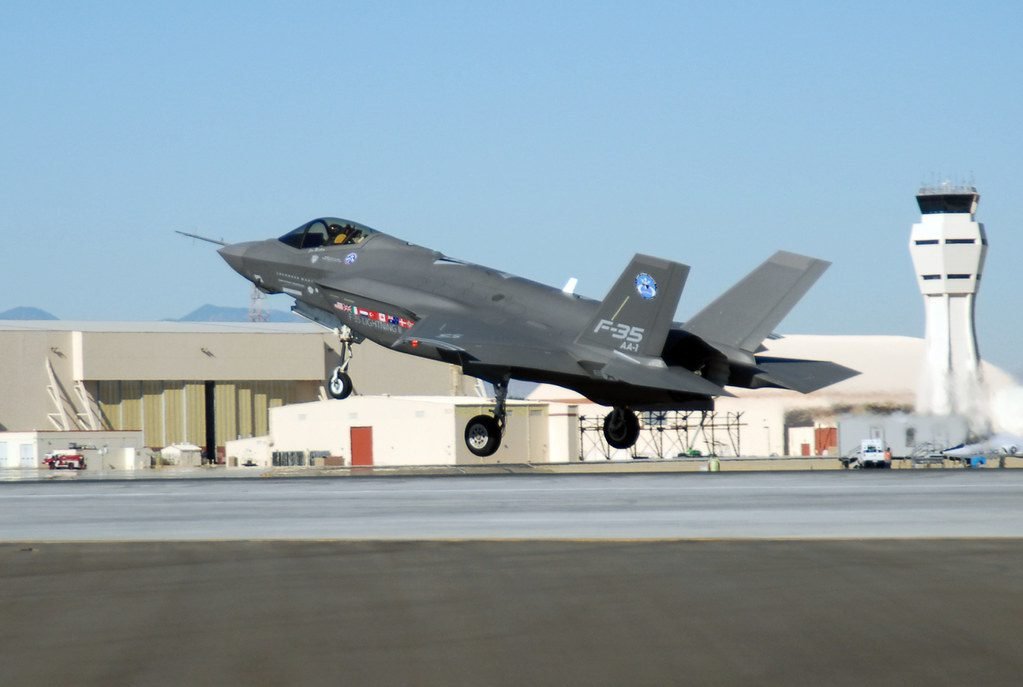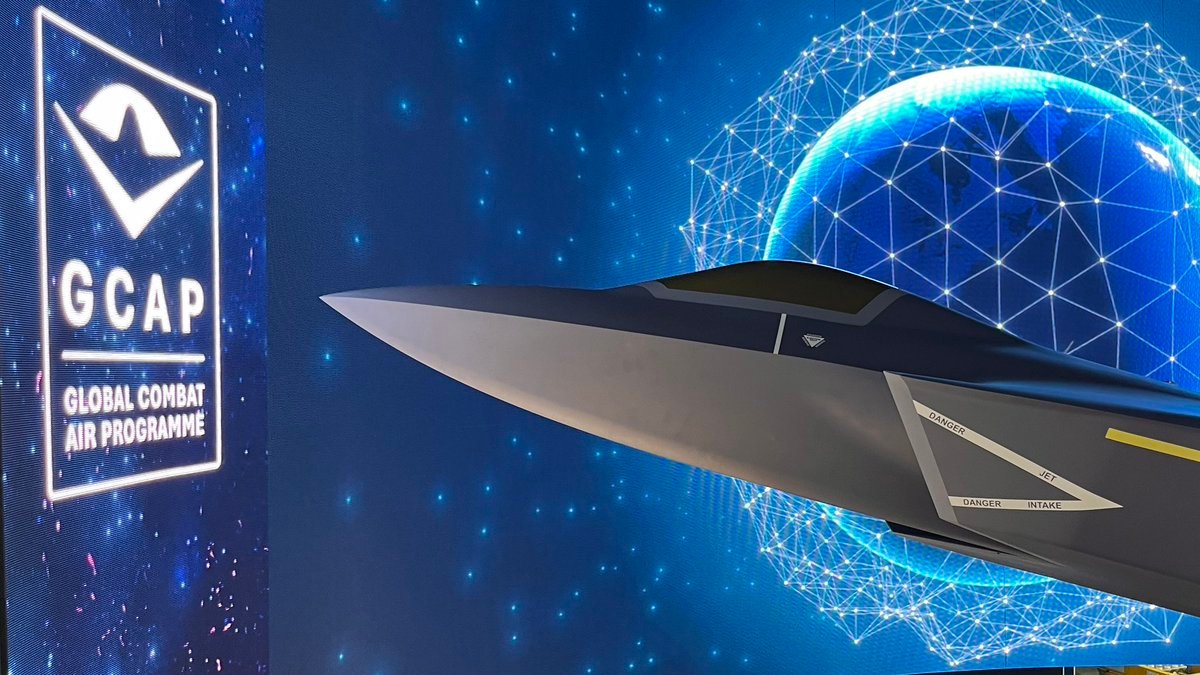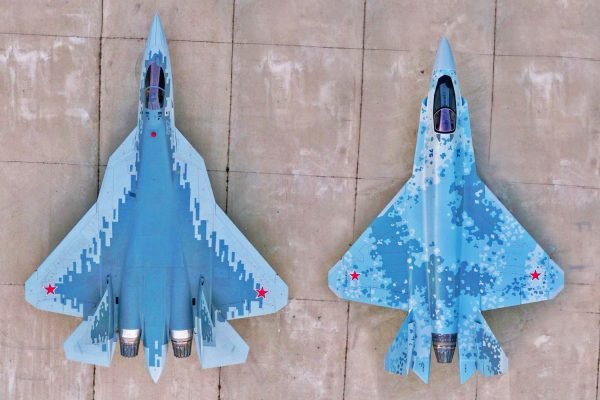As the aerospace industry surges forward, so does the demand for unparalleled military technologies. Russia, a foremost producer of military aircraft, has extended an invitation to India to collaborate on the development of their fifth-generation fighter plane, the SU-75 or “Checkmate.” This partnership between two dominant military forces has the potential to change the course of the aerospace industry and fortify Russia’s standing as a top military aircraft producer.
The SU-75: A Technologically Advanced Fighter Plane
The SU-75 embodies the latest and greatest in fighter aircraft design, featuring stealth capabilities, advanced avionics, and a robust engine that delivers unmatched speed and maneuverability. With its state-of-the-art design, the SU-75 is set to become a leading military aircraft, already attracting interest from several nations including India.
The Benefits of Partnering with Russia
Russia boasts a remarkable history of aerospace innovation and is a premier producer of military aircraft. By joining forces with Russia, India gains access to the most current technological advancements and industry expertise, allowing it to stay ahead of the competition. The collaboration also provides India with the ability to tap into Russia’s vast military-industrial complex, allowing for the production of highly advanced military aircraft at a more cost-effective price.
India would Reaps the Rewards of Developing the SU-75
India’s aerospace industry is flourishing, and the development of the SU-75 presents a valuable chance to infiltrate the global military aircraft market. By participating in the creation of the SU-75, India would gains access to the latest technologies and industry know-how, enabling it to manufacture highly advanced military aircraft to meet the demands of modern warfare.
Furthermore, the collaboration will allow India to establish itself as a leading producer of military aircraft, boosting its global presence and securing its place as a major player in the aerospace industry.
Time taking process
The intricately complex and lengthy journey of crafting a 5th generation aircraft necessitates a series of decisive measures.
The inaugural phase, dubbed the Feasibility Study, is a preliminary appraisal of the project’s potential and typically lasts three months.
Subsequently, the Requirements Analysis is executed, which takes a span of two years to gather and examine the necessary specifications for the aircraft.
Then follows the Design & Concept Development phase, which invests another two and a half years in refining the design and finalizing the concepts. The Prototype Development phase then ensues, devoting two years to construct and trial the prototypes.
The Testing & Validation phase is conducted thereafter, allotting a further two years to validate the prototypes and guarantee they abide by all requirements.
Upon the completion of testing, the aircraft is primed for Production & Deployment, entailing an additional three years to manufacture and release the aircraft to clients. In conclusion, the creation of a 5th generation aircraft requires approximately 12 years of committed effort from inception to completion.
The Above Flow chart shows the time and steps taken to develop a fighter jet
Present 5th gen aircraft s and ongoing projects.
“Let’s have a look at several ongoing 5th generation fighter jet projects in various countries around the world. Some of the most notable projects are:
United States: The F-35 Lightning II is a 5tcurrentlyh generation multirole fighter that is in service with the U.S. military. The F-35 is designed with advanced stealth technology, avionics, and weapons systems, making it one of the most capable fighter jets in the world.

China: The Chengdu J-20 is a 5th generation stealth fighter that has been in service with the People’s Liberation Army Air Force since 2017. The J-20 is equipped with advanced avionics and weapons systems, making it a formidable addition to China’s air force.

United Kingdom: The Tempest is a 5th generation stealth fighter that is currently under development by the UK. The Tempest is being designed with advanced stealth technology, avionics, and weapons systems, and is expected to be in service with the UK’s air force by the mid-2030s.
France: The Dassault Rafale is a 4.5th generation fighter that has been in service with the French military since 2006 and is undergoing upgrades to make it a 5th generation fighter. The Rafale is being equipped with advanced stealth technology, avionics, and weapons systems, making it one of the most capable fighters in the world.

Japan: The Mitsubishi X-2 Shinshin is a 5th generation stealth fighter that is currently under development by the Japanese government. The X-2 is being designed with advanced stealth technology, avionics, and weapons systems, and is expected to be in service with the Japanese air force in the coming years.

Russia: The Su-57 is a 5th generation stealth fighter that has been in service with the Russian air force since 2018. The Su-57 is equipped with advanced stealth technology, avionics, and weapons systems, making it one of the most capable fighters in the world.

India: The HAL Advanced Medium Combat Aircraft (AMCA) is a 5th generation fighter that is currently under development by the Indian government. The AMCA is being designed with advanced stealth technology, avionics, and weapons systems, and is expected to be in service with the Indian air force in the coming years.

These are just a few of the ongoing 5th generation fighter jet projects in various countries around the world. These projects are extremely expensive and time-consuming, and their specifications and capabilities may change as they progress. Nevertheless, they are expected to be significant additions to the air forces of the respective countries and are a testament to the continued advancements in military technology.” .
The Future of the Aerospace Industry
The collaboration between Russia and India has the potential to greatly impact the future of the aerospace industry. It will potentially lead to the development of other advanced military technologies. With its cutting-edge design, the SU-75 is poised to be a leading military aircraft. The partnership between Russia and India will ensure it remains at the forefront of the industry in upcoming years.
In Conclusion
Russia’s invitation for India to participate in the SU-75 “Checkmate” development presents a valuable opportunity for India. By working alongside Russia, India gains access to the latest technological advancements and industry expertise, allowing for the production of highly advanced military aircraft fit for the demands of modern warfare. This collaboration has the power to transform the aerospace industry and solidify Russia’s position as a leading military aircraft producer. The future of the aerospace industry is bright, and the partnership between Russia and India would play a crucial role in shaping it.”







